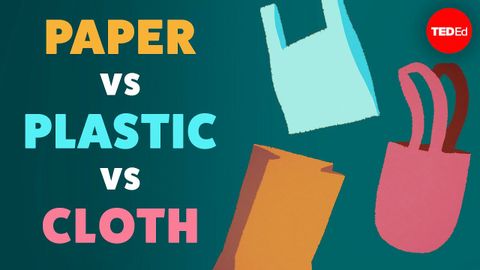你應該用哪個包?- Luka Seamus Wright和Imogen Ellen Napper。 (Which bag should you use? - Luka Seamus Wright and Imogen Ellen Napper)
 沒有此條件下的單字
沒有此條件下的單字US /ˈprɑsˌɛs, ˈproˌsɛs/
・
UK /prə'ses/
- v.t.用電腦處理(資料);(依照規定程序)處理;處理;流程;加工;理解
- n. (c./u.)(規定的)程序;過程;進程;方法;法律程序;進程
US /ɪk'strimlɪ/
・
UK /ɪkˈstri:mli/
- adv.極端地 ; 非常地;非常;從極端的角度來看
US /məˈtɪriəl/
・
UK /məˈtɪəriəl/
- n. (c./u.)布料;素材;資料;材料;物質
- adj.重要的;物質的
US /'ɡroʊsərɪ/
・
UK /'ɡrəʊsərɪ/
